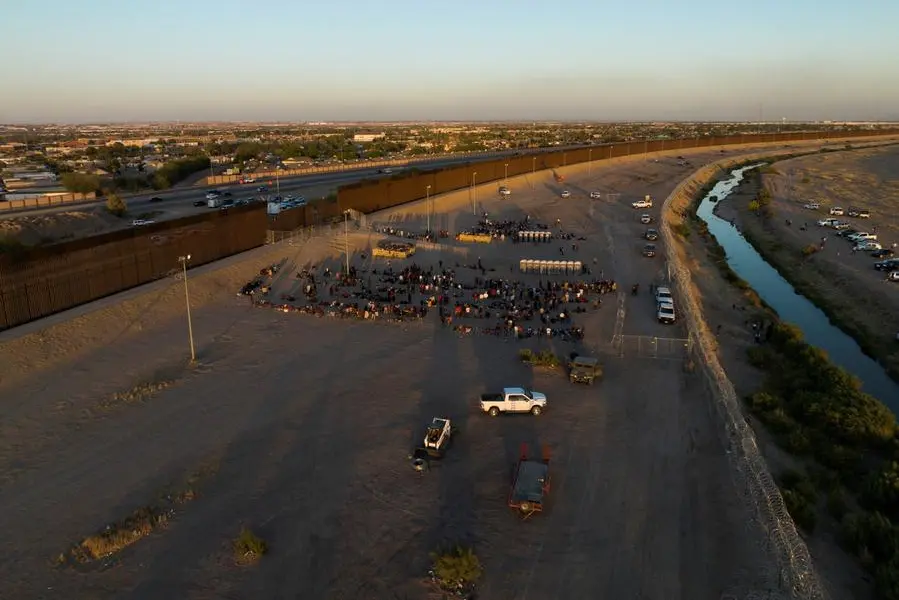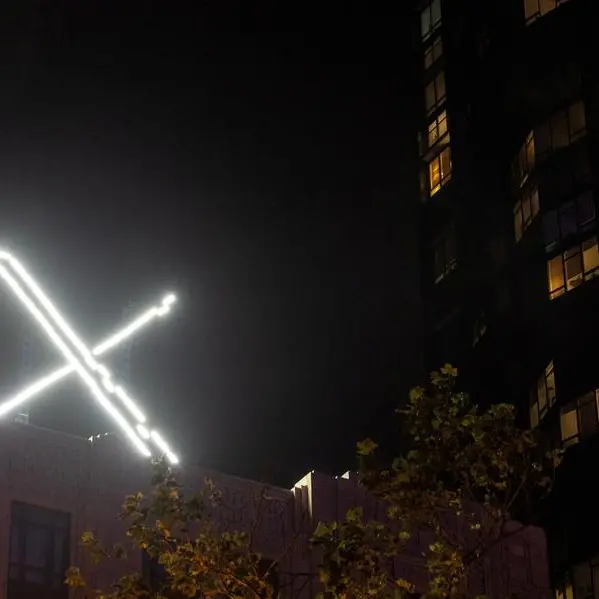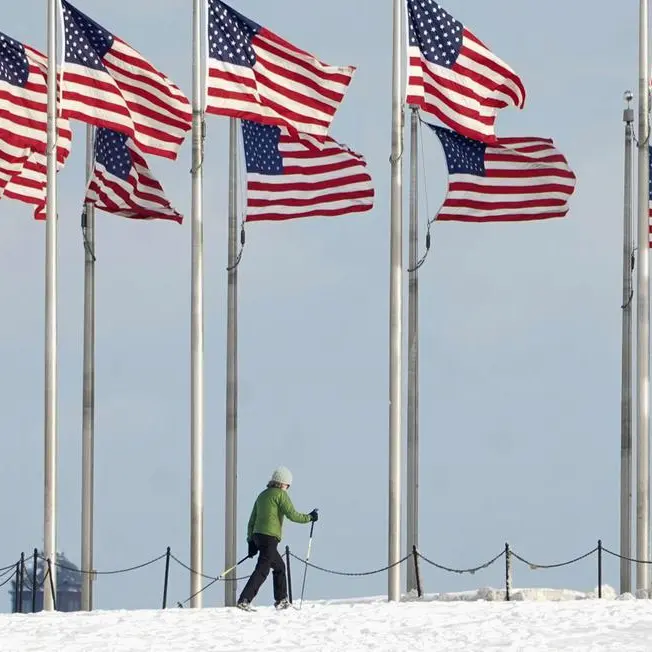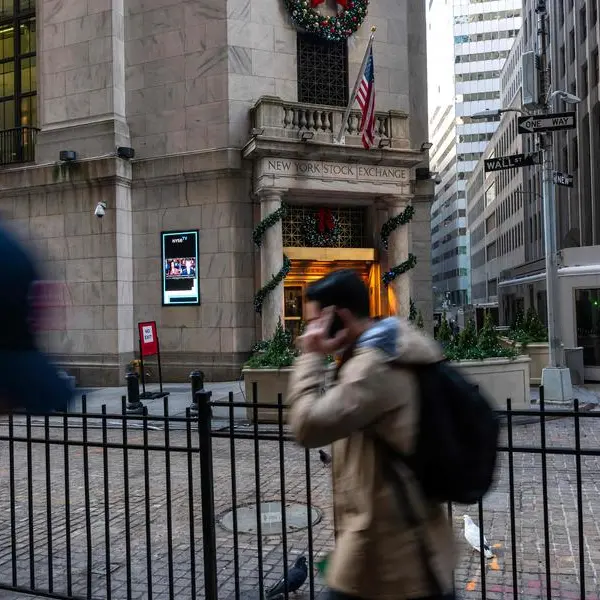PHOTO
The U.S. on Friday ended COVID-19 border restrictions that blocked many migrants at the border with Mexico, immediately replacing the so-called Title 42 order with a sweeping new asylum regulation meant to deter illegal crossings.
But several last-minute court actions added confusion to how the new border policies will play out in coming days.
Just before Title 42 was set to expire at midnight on May 11, immigration advocates represented by the American Civil Liberties Union filed a legal challenge to the new asylum bars, claiming they violate U.S. laws and international agreements.
Advocates argue the new regulation, put in place by Democratic President Joe Biden to curb illegal crossings, resembles restrictions issued by former President Donald Trump, his Republican predecessor. The rights groups successfully blocked the Trump rules in court and asked the same California-based judge to block these as well.
Marsha Espinosa, a spokesperson for the U.S. Department of Homeland Security, defended the Biden regulation, saying it "seeks to incentivize migrants to use lawful pathways" instead of crossing the border illegally.
Chaotic scenes unfolded of migrants scrambling to enter the country on Thursday before Title 42 expired and the new rule went in to effect. The regulation presumes most migrants are ineligible for asylum if they passed through other nations without first seeking protection elsewhere, or if they failed to use legal pathways for U.S. entry, which Biden has expanded.
Thousands of migrants have waded through rivers, climbed walls and scrambled up embankments onto U.S. soil in recent days, hoping to be processed before midnight.
Some migrants turned themselves in to border officials. Others tried to cross undetected.
In Matamoros, Mexico, on Thursday afternoon groups crossed the Rio Grande River in chin-high water. Some carried tiny babies and bags of belongings above their heads to make it into Brownsville, Texas.
In El Paso, Texas, hundreds of migrants camped out on downtown streets trying to figure out where to go next after crossing the border from Juarez, Mexico.
More migrants - including families with young children wrapped in Mylar blankets - awaited processing while penned between two towering border walls in San Diego, California, across from Tijuana, Mexico.
COVID EMERGENCY ENDS, ASYLUM BAN BEGINS
Trump first implemented Title 42 in March 2020 as COVID swept the globe. Health officials said at the time the order aimed to curb the spread of the virus in crowded detention facilities. It allowed U.S. authorities to quickly expel migrants to Mexico or other countries without the chance to request U.S. asylum.
But Democrats, public health experts and immigration advocates saw it as an extension of Trump's quest to block migrants at the border.
Biden, who campaigned on reversing Trump's policies, kept Title 42 in place and ultimately expanded it.
Migrants have been expelled more than 2.7 million times under Title 42, although the total includes many repeat crossers.
Mexico has generally only accepted certain nationalities - its own citizens, many Central Americans and more recently migrants from Venezuela, Cuba and Haiti. So during the same period, around 2.8 million migrants ineligible for expulsion were allowed into the United States under a process known as Title 8 to pursue their immigration claims in court, which can take months or years.
Even before Title 42 expired, along with the end of the COVID public health emergency, Biden's administration was grappling with record numbers of migrants at the U.S.-Mexico border, straining U.S. authorities and border cities.
Republicans fault Biden for easing the more restrictive Trump policies. Biden has blamed Congress for not passing comprehensive immigration reform.
But with the new asylum rule, Homeland Security Secretary Alejandro Mayorkas and other Biden officials have been trying to spread the message that illegal crossers will face consequences, sending troops and thousands of additional personnel to the borer.
"Do not believe the lies of smugglers. The border is not open," Mayorkas said in a statement.
Some migrants who spoke to Reuters on Thursday said they heard it would be more difficult to enter the country after May 11 and rushed to cross before the deadline. Daily apprehensions rose above 10,000 this week and detention capacity maxed out.
Due to the high volume of arrivals, agents on Wednesday began releasing some migrants without a notice to appear in immigration court where they can make an asylum claim, telling them to report to an immigration office later. But late Thursday night, a federal judge in Florida blocked such releases, saying they failed to follow proper regulatory procedures.
U.S. Customs and Border Protection called the ruling "harmful" and said it would "result in unsafe overcrowding" at border facilities. (Reporting by Daniel Becerril in Matamoros, Mexico and Ted Hesson in Washington; Additional reporting by Evan Garcia in Brownsville, Texas, Lizbeth Diaz in Mexico City and Kristina Cooke in San Francisco; Writing by Mica Rosenberg; Editing by Stephen Coates and Kim Coghill)























